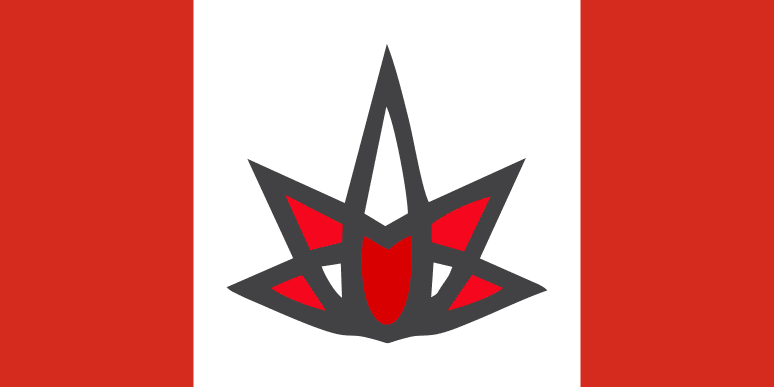The Cannabis Act AKA Bill C-45, is an act introduced to the Canadian Parliament in 2017 that would legalize cannabis across the whole country when combined with Bill C-46, An Act to Amend the Criminal Code. It’s a milestone in the legal history of cannabis in Canada, alongside the 1923 prohibition. The Cannabis Act Bill C-45 mostly leaves it up to the provinces and territories to determine how cannabis can be sold and used.
An overview of the current state of cannabis policies across provinces
- Ontario is the only province that has passed its marijuana law. Other provinces and territories are in various stages of completing theirs, so much of the below information is subject to change. Saskatchewan and Nunavut have been excluded from our reefer roundup as both have yet to unveil even partial pot plans.
- In every province and territory, the federally-mandated public possession limit of 30 grams of dried cannabis has been maintained, though some provinces, like Quebec and Alberta, will permit you to keep more at home.
- With the exception of Manitoba, all jurisdictions have opted to keep their legal dope-smoking ages in line with those for drinking alcohol.
- Bill C-45 allows individuals to grow up to four marijuana plants per residence, though some provinces, like Manitoba and Quebec, plan to ban home cultivation.
- Provincial and territorial plans vary widely on whether you’ll be able to smoke in public.
- Provinces and territories also differ on whether pot shops will be publicly or privately owned. For those opting for publicly-owned stores, these will be operated by provincial Crown corporations that sell 01liquor. In some cases, provinces have even created subsidiaries of these companies with names like CannabisNB and the Ontario Cannabis Retail Corporation. Unless otherwise noted, these will be standalone stores wholly separate from those that sell alcohol.
Source: CTV News
Go to the Cannabis in Canada Legalization Update page

